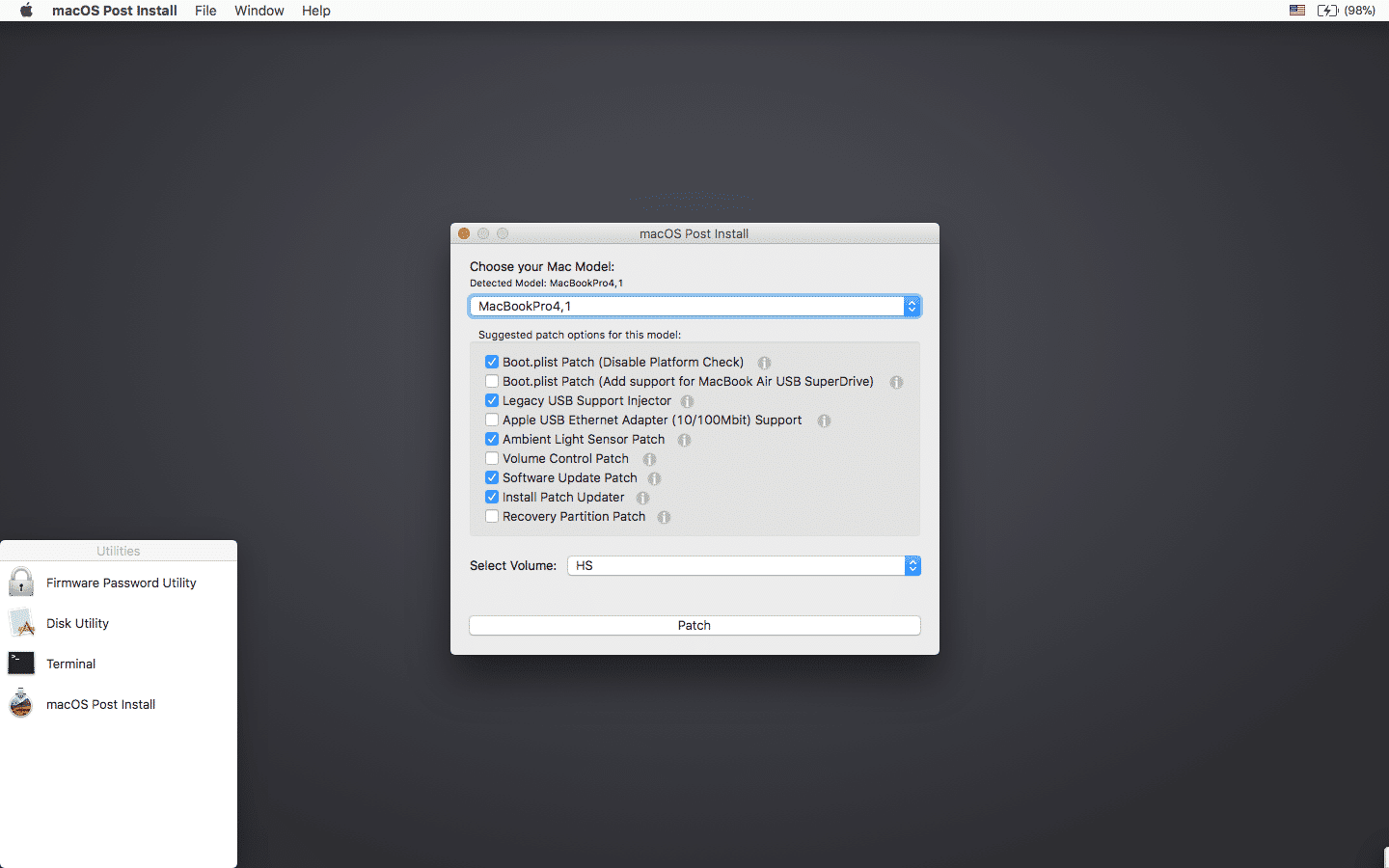

How to clean install macOS on a startup drive If you don’t know which one you have, go with the first option, startup drive. It’s a more lenient and less intrusive way because your Mac doesn’t get wiped clean, only your system. If you have another drive or volume other than your startup drive, use the second way which is clean installing on a non-startup drive. This way entails one important fact: all your files and data will be deleted during the process. If you only have one drive and it’s not partitioned and this is where you have all your files and your OS, your choice is to clean install on the startup drive.

Or maybe you just want that fresh out of the box Mac experience again. Whether it’s because your Mac has accumulated so many junk files that it’s performance is badly affected or because you’re passing your Mac onto someone else and want to make sure all your data is removed. That’s why, sometimes, it makes more sense to run a clean install. Your data remains but your software and file junk remains as well. It’s quick, easy and means we can be back up and running in no time, with all your apps and data ready to use. Normally when you install a new version of macOS, you just install it over the previous version. Get Setapp, a toolkit with fixes for all Mac problems


 0 kommentar(er)
0 kommentar(er)
